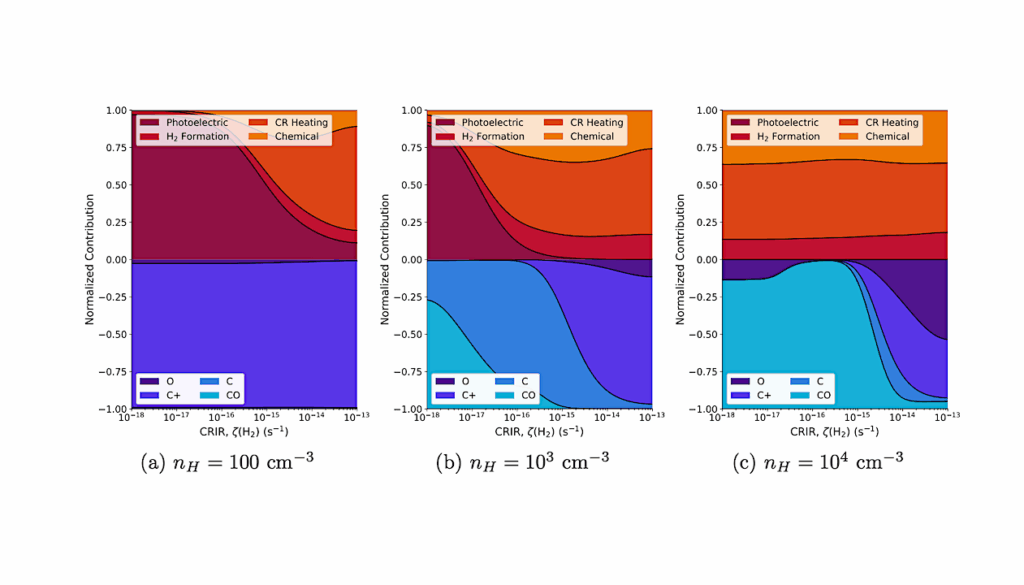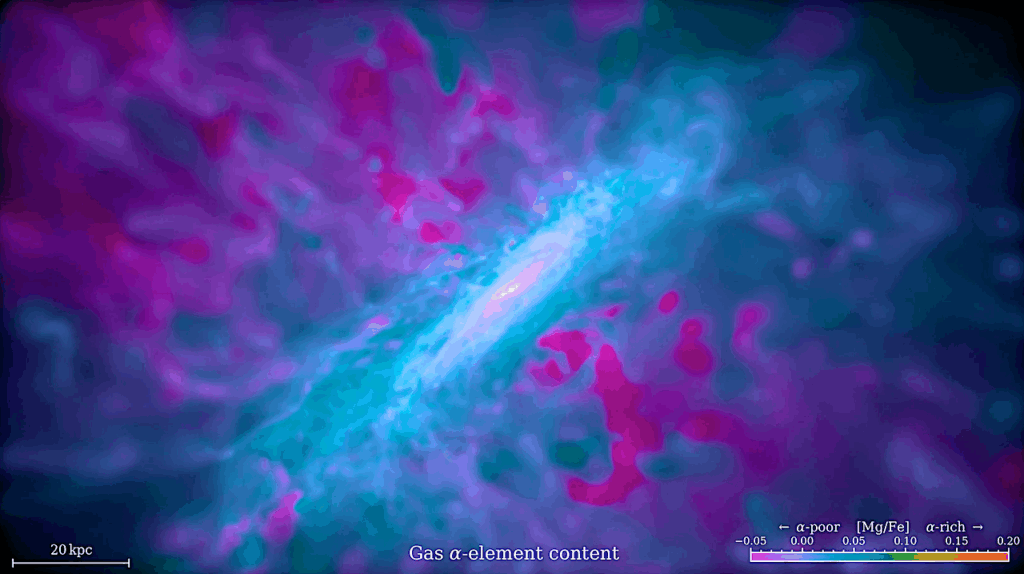Water Found in Samples from Asteroid Itowkawa

Two cosmochemists at Arizona State University have made the first-ever measurements of water contained in samples from the surface of an asteroid. The samples came from asteroid Itokawa and were collected by the Japanese space probe Hayabusa.
The team’s findings suggest that impacts early in Earth’s history by similar asteroids could have delivered as much as half of our planet’s ocean water.
“We found the samples we examined were enriched in water compared to the average for inner solar system objects,” says Ziliang Jin. A postdoctoral scholar in ASU’s School of Earth and Space Exploration, he is the lead author on the paper published May 1 in Science Advances [https://advances.sciencemag.org] reporting the results. His co-author is Maitrayee Bose, assistant professor in the School.
“It was a privilege that the Japanese space agency JAXA was willing to share five particles from Itokawa with a U.S. investigator,” Bose says. “It also reflects well on our school.”
The team’s idea of looking for water in the Itokawa samples came as a surprise for the Hayabusa project.
“Until we proposed it, no one thought to look for water,” says Bose. “I’m happy to report that our hunch paid off.”
In two of the five particles, the team identified the mineral pyroxene. In terrestrial samples, pyroxenes have water in their crystal structure. Bose and Jin suspected that the Itokawa particles might also have traces of water, but they wanted to know exactly how much. Itokawa has had a rough history involving heating, multiple impacts, shocks, and fragmentation. These would raise the temperature of the minerals and drive off water.
To study the samples, each about half the thickness of a human hair, the team used ASU’s Nanoscale Secondary Ion Mass Spectrometer (NanoSIMS), which can measure such tiny mineral grains with great sensitivity.
The NanoSIMS measurements revealed the samples were unexpectedly rich in water. They also suggest that even nominally dry asteroids such as Itokawa may in fact harbor more water than scientists have assumed.
Fragmented World
Itokawa is a peanut-shaped asteroid about 1,800 feet long and 700 to 1,000 feet wide. It circles the Sun every 18 months at an average distance of 1.3 times the Earth-Sun distance. Part of Itokawa’s path brings it inside Earth’s orbit and at farthest, it sweeps out a little beyond that of Mars.
Based on Itokawa’s spectrum in Earth-based telescopes, planetary scientists place it in the S class. This links it with the stony meteorites, which are thought to be fragments from S-type asteroids broken off in collisions.
“S-type asteroids are one of the most common objects in the asteroid belt,” says Bose. “They originally formed at a distance from the Sun of one-third to three times Earth’s distance.” She adds that although they are small, these asteroids have kept whatever water and other volatile materials they formed with.
In structure, Itokawa resembles a pair of rubble piles crunched together. It has two main lobes, each studded with boulders but having different overall densities, while between the lobes is a narrower section.
Jin and Bose point out that today’s Itokawa is the remnant of a parent body at least 12 miles wide that at some point was heated between 1,000 and 1,500 degrees Fahrenheit. The parent body suffered several large shocks from impacts, with one final shattering event that broke it apart. In the aftermath two of the fragments merged and formed today’s Itokawa, which reached its current size and shape about 8 million years ago.
“The particles we analyzed came from a part of Itokawa called the Muses Sea,” says Bose. “It’s an area on the asteroid that’s smooth and dust-covered.”
Jin adds, “Although the samples were collected at the surface, we don’t know where these grains were in the original parent body. But our best guess is that they were buried more than 100 meters deep within it.”
He adds that despite the catastrophic breakup of the parent body, and the sample grains being exposed to radiation and impacts by micrometeorites at the surface, the minerals still show evidence of water that has not been lost to space.
In addition, says Jin, “The minerals have hydrogen isotopic compositions that are indistinguishable from Earth.”
Bose explains, “This means S-type asteroids and the parent bodies of ordinary chondrites are likely a critical source of water and several other elements for the terrestrial planets.”
She adds, “And we can say this only because of in-situ isotopic measurements on returned samples of asteroid regolith — their surface dust and rocks.
“That makes these asteroids high-priority targets for exploration.”
Scouting for Samples
Bose notes that she is building a clean-lab facility at ASU, which along with the NanoSIMS (partially funded by National Science Foundation) would be the first such facility at a public university capable of analyzing dust grains from other solar system bodies.
Another Japanese mission, Hayabusa 2, is currently at an asteroid named Ryugu, where it will collect samples, bringing them back to Earth in December 2020. The director of ASU’s Center for Meteorite Studies, professor Meenakshi Wadhwa, is a member of the initial analysis team for chemistry for the Hayabusa 2 mission.
ASU is also onboard NASA’s OSIRIS-REx sample-return mission, which is orbiting a near-Earth asteroid named Bennu. Among other instruments, the spacecraft carries the OSIRIS-REx Thermal Emission Spectrometer (OTES), designed by ASU Regents’ Professor Philip Christensen and built at the school. OSIRIS-REx is scheduled to collect samples from Bennu in summer 2020 and bring them back to Earth in September 2023.
For planetary scientists and cosmochemists who are drawing a picture of how the solar system formed, asteroids are a great resource. As leftover building blocks for the planetary system, they vary greatly among themselves while preserving materials from early in solar system history.
Says Bose, “Sample-return missions are mandatory if we really want to do an in-depth study of planetary objects.”
And she adds, “The Hayabusa mission to Itokawa has expanded our knowledge of the volatile contents of the bodies that helped form Earth. It would not be surprising if a similar mechanism of water production is common for rocky exoplanets around other stars.”








